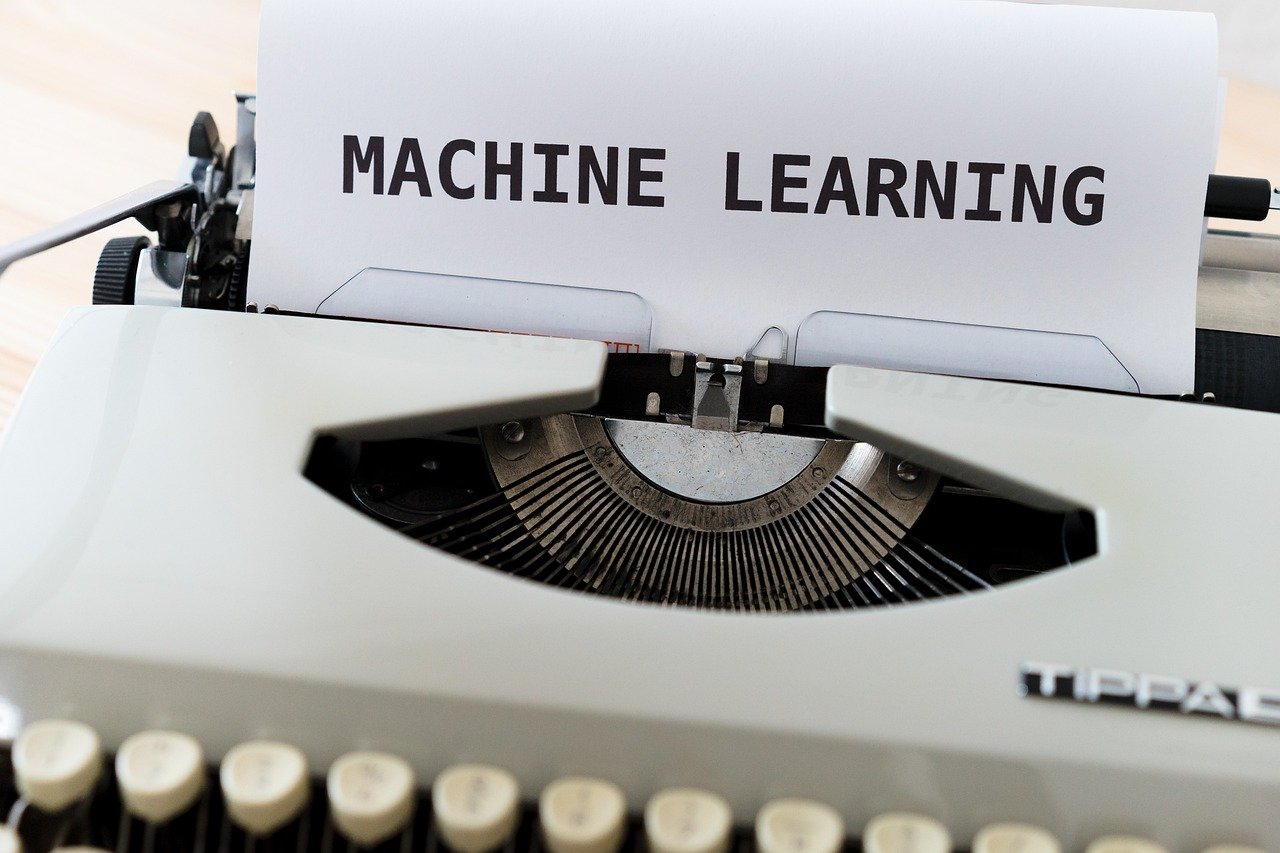Machine learning, once a futuristic concept, is now a ubiquitous technology powering everything from personalized recommendations to self-driving cars. This technology allows computers to learn from data without explicit programming, opening up a world of possibilities across various industries. Let’s dive into the fascinating world of machine learning and explore its core concepts, applications, and future trends.
What is Machine Learning?
Defining Machine Learning
Machine learning (ML) is a subfield of artificial intelligence (AI) that focuses on developing algorithms that allow computers to learn from data. Instead of being explicitly programmed with rules, these algorithms identify patterns, make predictions, and improve their performance over time as they are exposed to more data.
How Machine Learning Works
The process typically involves:
- Data Collection: Gathering relevant and high-quality data is the first step. The more data, the better the machine learning model can learn.
- Data Preprocessing: Cleaning and preparing the data for analysis. This involves handling missing values, removing outliers, and transforming data into a suitable format.
- Model Selection: Choosing an appropriate machine learning algorithm based on the type of problem and the characteristics of the data.
- Model Training: Feeding the preprocessed data into the selected algorithm to train the model. During this phase, the algorithm adjusts its internal parameters to minimize errors and improve accuracy.
- Model Evaluation: Assessing the model’s performance using a separate dataset (validation set) to ensure it generalizes well to unseen data.
- Deployment: Deploying the trained model into a real-world application where it can make predictions or decisions.
- Monitoring and Retraining: Continuously monitoring the model’s performance and retraining it with new data to maintain accuracy and adapt to changing conditions.
Types of Machine Learning
Machine learning algorithms can be broadly categorized into three main types:
- Supervised Learning: The algorithm learns from labeled data, where the input data is paired with corresponding output labels. Examples include classification (e.g., spam detection) and regression (e.g., predicting house prices).
- Unsupervised Learning: The algorithm learns from unlabeled data, where there are no predefined output labels. Examples include clustering (e.g., customer segmentation) and dimensionality reduction (e.g., feature extraction).
- Reinforcement Learning: The algorithm learns through trial and error by interacting with an environment and receiving rewards or penalties for its actions. Examples include training game-playing agents and optimizing robot control.
Key Machine Learning Algorithms
Supervised Learning Algorithms
- Linear Regression: Used for predicting continuous values based on a linear relationship between input features and the output.
Example: Predicting sales based on advertising spend.
- Logistic Regression: Used for binary classification problems.
Example: Predicting whether a customer will click on an ad.
- Support Vector Machines (SVM): Effective for both classification and regression tasks.
Example: Image classification.
- Decision Trees: A tree-like model that makes decisions based on a series of rules.
Example: Credit risk assessment.
- Random Forest: An ensemble learning method that combines multiple decision trees to improve accuracy and reduce overfitting.
Example: Fraud detection.
- K-Nearest Neighbors (KNN): Classifies data points based on the majority class of their nearest neighbors.
Example: Recommendation systems.
Unsupervised Learning Algorithms
- K-Means Clustering: Groups data points into clusters based on their similarity.
Example: Customer segmentation for targeted marketing.
- Hierarchical Clustering: Creates a hierarchy of clusters, allowing for different levels of granularity.
Example: Analyzing social network structures.
- Principal Component Analysis (PCA): Reduces the dimensionality of data by identifying the principal components that explain the most variance.
Example: Image compression.
- Association Rule Mining: Discovers relationships between items in a dataset.
Example: Market basket analysis (e.g., identifying products that are frequently purchased together).
Reinforcement Learning Algorithms
- Q-Learning: Learns an optimal policy by estimating the value of each action in each state.
Example: Training a game-playing agent.
- SARSA (State-Action-Reward-State-Action): An on-policy reinforcement learning algorithm that updates the Q-value based on the action actually taken.
- Deep Q-Networks (DQN): Combines Q-learning with deep neural networks to handle complex environments with high-dimensional state spaces.
Example: Autonomous driving.
Applications of Machine Learning
Machine learning is transforming numerous industries, offering innovative solutions and driving efficiency gains.
Healthcare
- Disease Diagnosis: ML algorithms can analyze medical images and patient data to detect diseases early and accurately. For example, deep learning models are used to identify cancerous tumors in X-rays and MRIs.
- Personalized Medicine: ML can predict a patient’s response to treatment based on their genetic makeup and medical history. This allows for more targeted and effective therapies.
- Drug Discovery: ML accelerates the drug discovery process by identifying promising drug candidates and predicting their efficacy.
- Predictive Analytics: Predicting patient readmission rates, forecasting disease outbreaks, and optimizing hospital resource allocation.
Finance
- Fraud Detection: ML algorithms can identify fraudulent transactions in real-time by analyzing patterns in transaction data.
- Risk Management: ML models can assess credit risk, predict market volatility, and optimize investment portfolios.
- Algorithmic Trading: ML algorithms can automate trading decisions based on market trends and predictive analytics.
- Customer Service: Chatbots powered by natural language processing (NLP) and machine learning improve customer service and reduce operational costs.
Marketing
- Personalized Recommendations: ML algorithms analyze customer behavior to provide personalized product recommendations.
- Targeted Advertising: ML models can identify the most receptive audience for a particular ad campaign.
- Customer Segmentation: Clustering algorithms can segment customers into distinct groups based on their demographics, purchase history, and online behavior.
- Predictive Analytics: Predicting customer churn, forecasting sales, and optimizing marketing spend.
Transportation
- Self-Driving Cars: ML is the core technology behind autonomous vehicles, enabling them to perceive their environment and make driving decisions.
- Traffic Optimization: ML algorithms can analyze traffic data to optimize traffic flow and reduce congestion.
- Predictive Maintenance: Predicting equipment failures and scheduling maintenance proactively.
- Logistics and Supply Chain Optimization: Route optimization, demand forecasting, and inventory management.
Other Applications
- Natural Language Processing (NLP): Machine translation, sentiment analysis, chatbot development.
- Computer Vision: Image recognition, object detection, video analysis.
- Manufacturing: Predictive maintenance, quality control, process optimization.
- Agriculture: Crop yield prediction, precision farming, pest detection.
The Future of Machine Learning
Advancements in Deep Learning
Deep learning, a subset of machine learning that uses artificial neural networks with multiple layers, is expected to continue to advance rapidly. Innovations in deep learning architectures and training techniques will lead to more powerful and versatile models.
Explainable AI (XAI)
As machine learning models become more complex, there is a growing need for explainable AI. XAI aims to develop models that are transparent and interpretable, allowing users to understand how the model arrived at its decisions. This is particularly important in sensitive applications like healthcare and finance.
AutoML
AutoML aims to automate the process of building and deploying machine learning models. This includes tasks such as data preprocessing, feature selection, model selection, and hyperparameter tuning. AutoML tools can make machine learning more accessible to non-experts and accelerate the development process.
Edge Computing
Edge computing involves processing data closer to the source, rather than relying on centralized cloud servers. This can reduce latency, improve privacy, and enable real-time decision-making. Machine learning models deployed on edge devices can power applications like smart cameras, autonomous vehicles, and industrial automation systems.
Ethical Considerations
As machine learning becomes more pervasive, it’s crucial to address ethical considerations such as bias, fairness, and privacy. Developing robust methods for detecting and mitigating bias in machine learning models is essential to ensure that these technologies are used responsibly.
Conclusion
Machine learning is a powerful technology with the potential to transform industries and improve lives. By understanding the core concepts, algorithms, and applications of machine learning, individuals and organizations can harness its power to solve complex problems and create innovative solutions. As machine learning continues to evolve, staying informed about the latest trends and advancements is crucial for maximizing its impact. The future of machine learning is bright, and the possibilities are endless.



